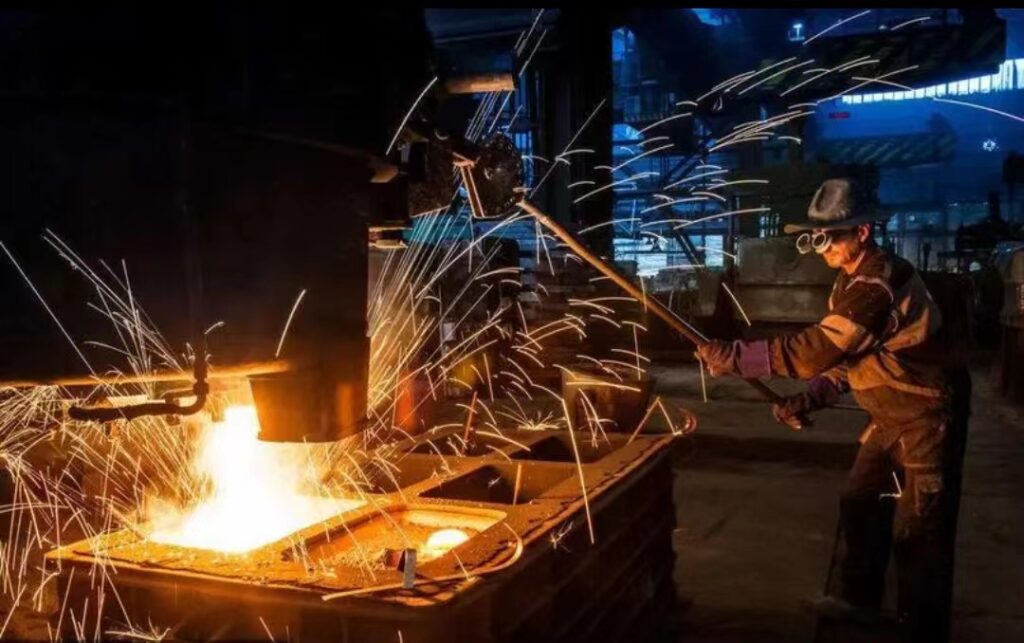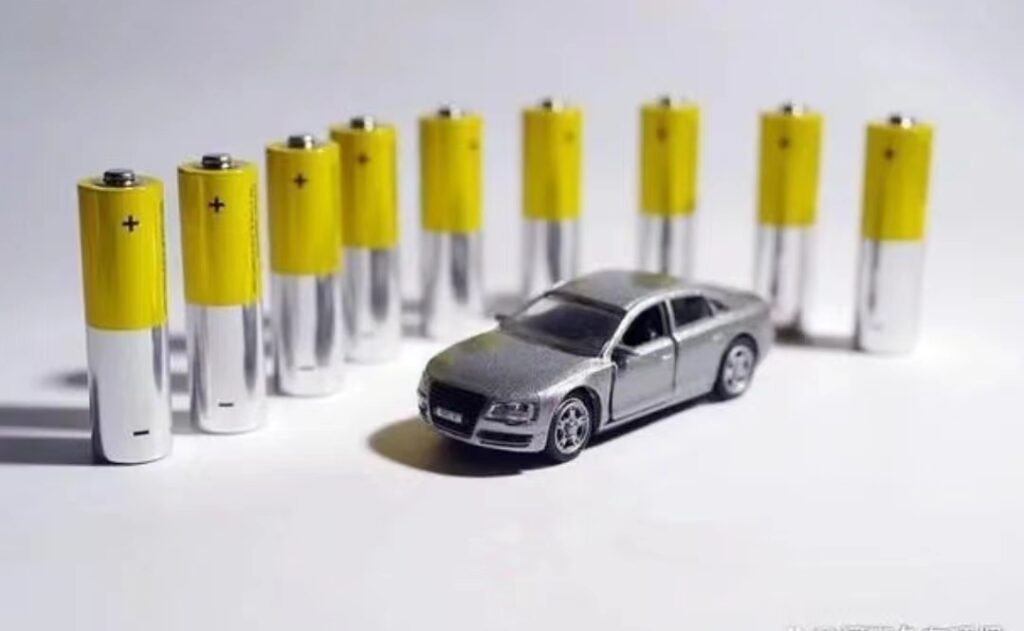
It is a finer form of graphite, a naturally occurring form of carbon in powdered form. Graphite has a unique structure consisting of stacked layers of carbon atoms held together by strong covalent bonds within each layer and weak van der Waals forces between layers. This structure gives it unique properties such as excellent lubricity, electrical conductivity, and thermal stability.
Graphite powder is in the form of fine powder and its main component is carbon. Its raw materials are mainly divided into two types: natural and artificial.
Natural graphite mainly comes from raw ore, which is made by mechanical grinding, chemical reduction and other methods.
Artificial graphite is produced by screening and removing impurities. It is an inorganic non-metallic material with higher purity.
Due to its high melting point and wear resistance, it is used as a lubricant for industrial machines without frequent replacement. It is also used to produce graphite-based products such as pencils and paints. In addition, it can be used to produce graphene, a material with a wide range of applications, such as semiconductors, carbon fibers, nanotubes, composite materials, etc.
It is also has another important use, which is as a carburizing agent for steelmaking. When used as a carburizing agent for eaf steelmaking, it is the debris cut off during the processing of artificial graphite electrodes. Because the carbon content of this kind of debris is as high as 99%.
In the process of eaf steelmaking, in order to ensure that the quality of the smelted product meets the standards, the carbon content in the molten steel needs to be adjusted. It plays a role in increasing carbon at this time, and due to the high carbon content (more than 90%), it is not only easily absorbed by the molten steel, but also greatly increases the dissolution speed of the molten steel.
Depending on the purpose of use, the particle size and purity also vary. When used in steelmaking furnaces, higher purity requirements are required. Mainly there are strict requirements on the contents of S and P. The S content should be below 0.2% and the P content should be below 0.02%.


It is a non-metallic mineral material. It has high electrical and thermal conductivity, extremely high melting point; good lubricity, plasticity and chemical stability, and is not corroded by acids, alkalis and organic solvents. Because of these properties, it is widely used in chemical industry, metallurgy, casting, lubrication, sealing and other industrial fields.
Physical & Chemical Properties
| ITEM | Unit | Value |
| C | % | ≥ 99.5 |
| S | % | ≤ 0.03 |
| Ash | % | ≤ 0.30 |
| Moisture | % | ≤ 0.20 |
| N | PPM | ≤ 180 |
| H | PPM | ≤ 120 |
| O | PPM | ≤ 720 |
| Bulk density | g∕dm3 | 713 |
| Size | 0.5-5mm(according to per requirement) | |
| Packing | 20kgs Bag /25kgs Bag /Ton Bag | |
Copyright © 2023. JINSUN New Material Technology., LTD All Rights Reserved.